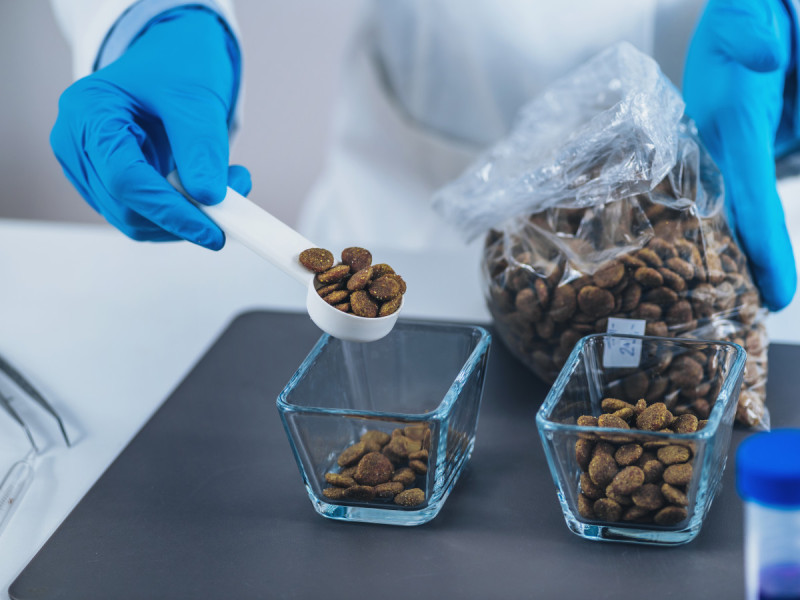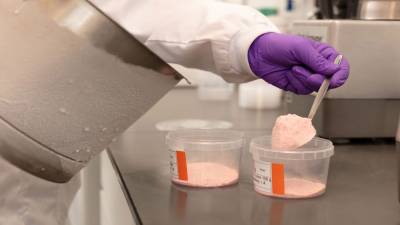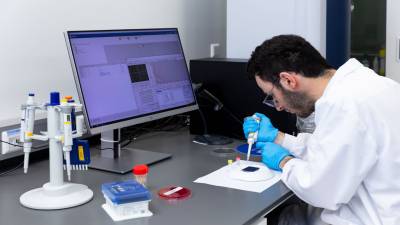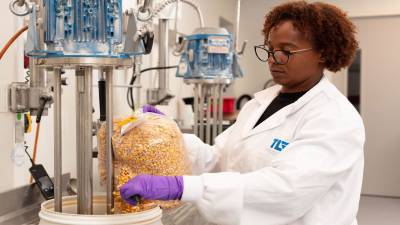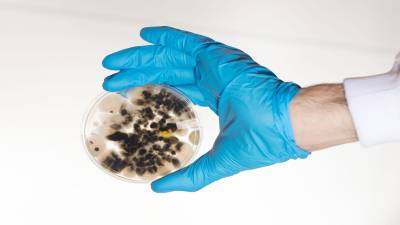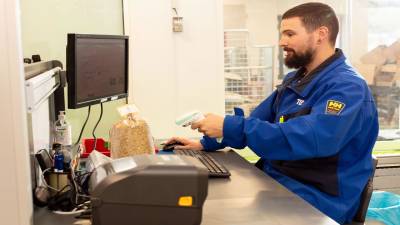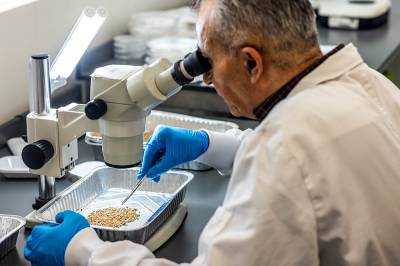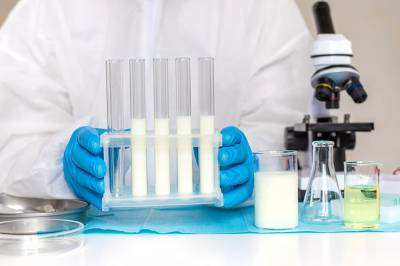DNA Analysis in the Animal Feed Sector
Botanical verification, contamination control and mould identification.
Role of DNA analysis in animal feed quality assurance
DNA-based analytical techniques are applied in species verification, microbiological typing and cross-contamination control. Within the animal feed sector, this offers an additional analytical method when conventional physico-chemical or visual inspections fall short. Application is particularly relevant for processed feed materials, premixes or trace analyses.
TLR performs DNA analyses under ISO/IEC 17025 accreditation (RvA L059). Results are applicable within:
- GMP+ FSA - BA10, including article 4.1 (fraud prevention and origin verification)
- SecureFeed - source investigation and risk assessment
- Supplier audits and product specification checks
Application areas in feed audits and supply chain control
1. Botanical origin verification
- Identification of declared plant species in feed materials or premixes
- Applicable in import verification, formulation or suspected undeclared components
Case example:
A calf feed producer engaged TLR after a notification from a retail audit. DNA analysis of a so-called "soy-free" premix revealed the presence of soy residue in low concentration. Traceback investigation identified cross-contamination at the foreign supplier. The batch was downgraded and the procurement protocol tightened with additional batch verification.
2. Mould typing in toxin context
- DNA typing on isolates of Fusarium, Aspergillus or Penicillium
- Supports root cause analysis for mycotoxin exceedances (such as aflatoxin B1 or DON)
- Applicable to samples from raw material analyses, compound feeds or by-products
3. Cross-contamination control during batch change
- Presence/absence testing at DNA level for unwanted feed materials
- Suitable for facilities switching between regular and medicinal batches
- Applicable as a validation tool for flushing procedures and line cleaning
Techniques and detection limits
Method | Application | Typical detection limit |
PCR | Presence/absence screening | 1-10 copies per reaction |
qPCR | Quantification in feed matrices | 10¹-10³ copies per sample |
Sequencing | Species or strain identification | N/A - based on DNA sequence |
Note: Detection is possible at low concentrations, provided DNA integrity is preserved and the analysis matrix is homogeneous. Matrix validation is necessary for high-fat or high-fibre feeds (such as fish meal or alfalfa pellets).
Certification context: GMP+, SecureFeed and export
- GMP+ FSA (BA10):
- Article 4.1 requires measures against fraud risks
- DNA analysis supports botanical verification, particularly for imported raw materials or admixture risk
- SecureFeed:
- Verification tool for deviations in audit or monitoring results
- Supports origin verification of high-risk batches
- Export and recall management:
- Reports usable for export certificates and supplier claims
- Legal usability depends on contractual provisions and auditor acceptance
Accreditation and reporting
- Analyses performed under ISO/IEC 17025 (RvA L059)
- Report includes:
- Positive/negative control
- Identification level and thresholds
- Measurement uncertainty where applicable
- Report available in Dutch or English
Use: internal traceability files, recall investigations, documentation for retailers or exporting supply chains
Conclusion
DNA analysis offers the animal feed industry a robust tool for origin verification, contamination control and risk assessment. Applied within an accredited laboratory framework, this technique aligns seamlessly with the requirements of GMP+, SecureFeed and international supply chain assurance. With correct interpretation and matrix validation, DNA detection supports a systematic approach to feed safety and fraud prevention.
Meld je aan voor de laatste tips en adviezen dat je gelijk in de praktijk kunt brengen.

